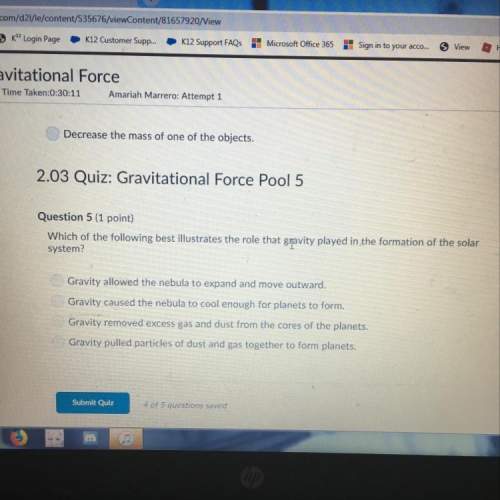
Chemistry, 26.03.2021 02:30, 20jacksone
Aluminum sulfate reacts with barium chloride to form the insoluble compound, barium sulfate. The reaction proceeds according to the balanced equation below:
1Al2(SO4)3 + 3BaCl2 → 2AlCl3 + 3BaSO4
Marie reacts 150 g of aluminum sulfate with 200 g of barium chloride in order to produce insoluble barium sulfate for her crystallography studies. Determine the limiting and excess reactants for this reaction.
Molar mass aluminum sulfate: 342.15 g/mol
Molar mass barium chloride: 208.23 g/mol
Molar mass barium sulfate: 233.38 g/mol

Answers: 3
Other questions on the subject: Chemistry

Chemistry, 21.06.2019 22:30, erinxmeow8
What are the charges of the subatomic particles by choosing the answer from the drop down menu. protons have a (+1,0,or-1). (protons, neutrons, electrons) have a 0 charge. 3.) electrons have a (+1,0,-1)
Answers: 2

Chemistry, 23.06.2019 05:40, Queenquestion9130
Why is any chemical reaction always balanced? give reasons and explain the easiest way to solve the balancing problems in chemical equations with stoichiometric coefficients upto 20 as hit and trial doesn't always work. give full reasoning
Answers: 1

Chemistry, 23.06.2019 07:00, jaydenboi604
An unknown substance is a white solid at room temperature and has a melting point of 78 °c. which of the following substances is most likely to be the identity of the unknown sample?
Answers: 1

Chemistry, 23.06.2019 09:30, kleathers97
Hey, could someone me answer this? much appreciated!
Answers: 1
Do you know the correct answer?
Aluminum sulfate reacts with barium chloride to form the insoluble compound, barium sulfate. The rea...
Questions in other subjects:


Mathematics, 05.07.2020 14:01














